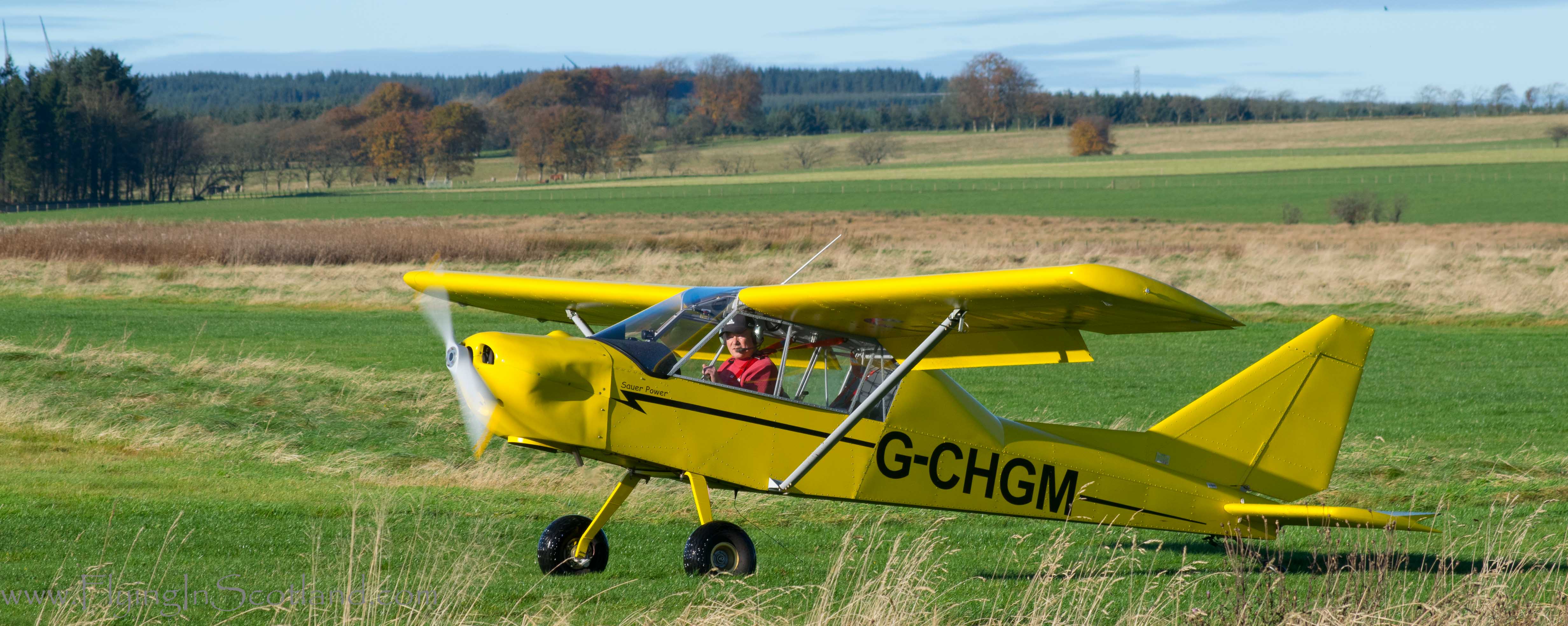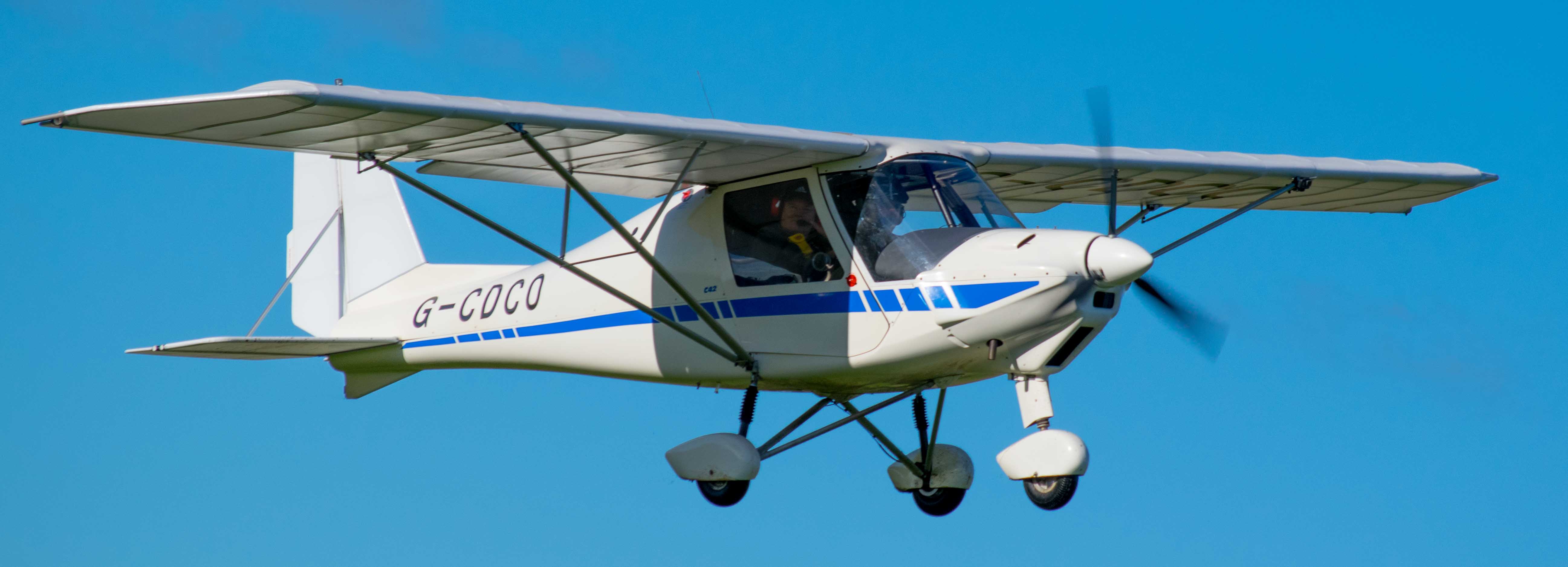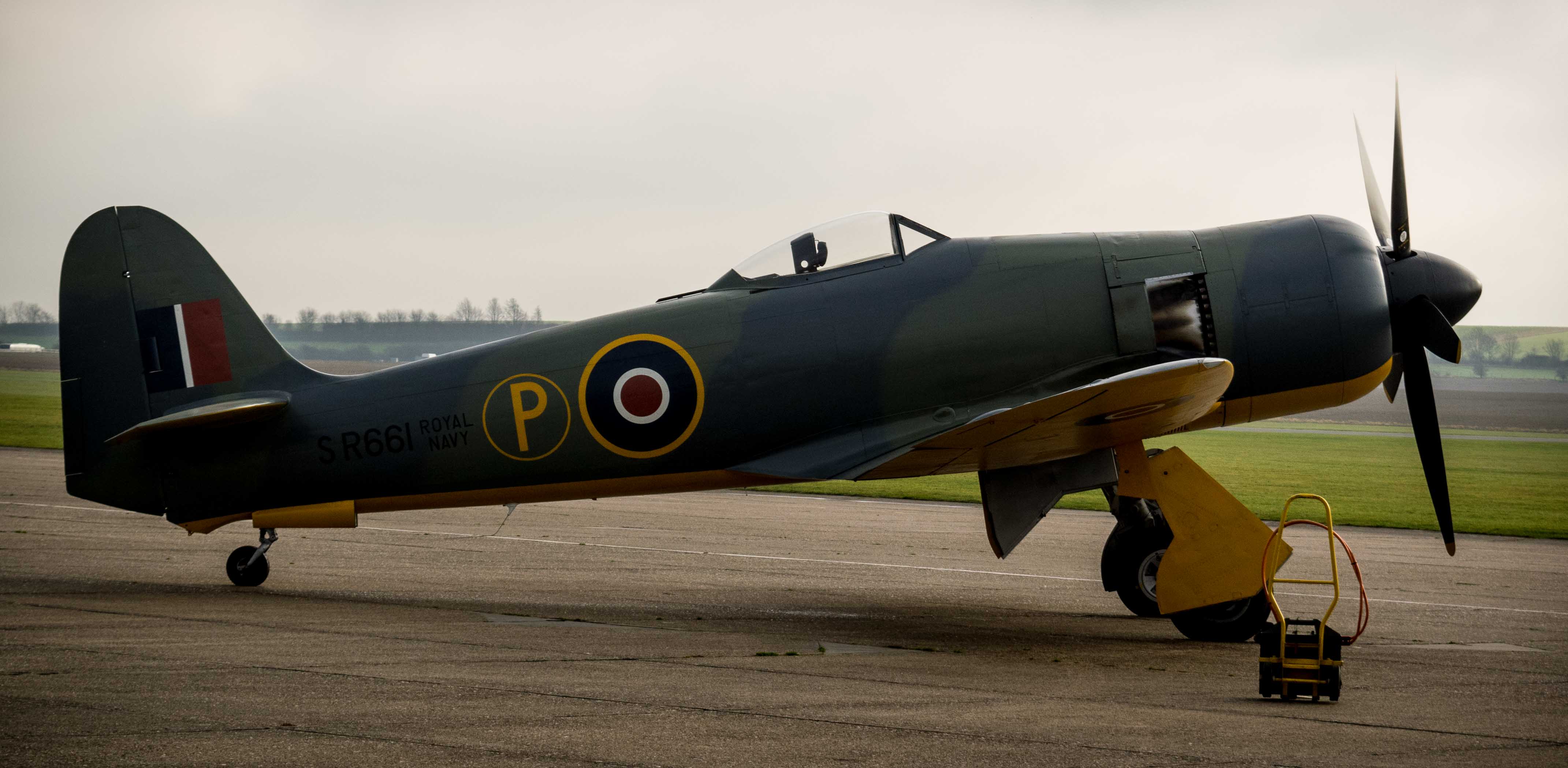Tailwheel; Adventures in training.
Tailwheel or traditional undercarriage aircraft are considered by many pilots as the best form of flying in general aviation. They certainly have some distinct advantages over their now more common nose wheel or tricycle variants but without proper training you may discover the sting in their tail.
Tailwheel undercarriage makes complete sense for a propeller driven aircraft as the natural upward tilt keeps the propeller tips further away from the ground and clear of long grass and gravel chips. The shape and light construction of the propeller with fine tapered blade tips combined with the high speed of rotation means that any contact can chip the blade, causing a loss of balance and vibration. Taildraggers are also better suited to rough or soft ground as a nose wheel can be pushed into mud or ruts by the weight of the aircraft, whereas a tailwheel skips over it. That is why so many bush pilots choose them for backcountry flying where short take off and landings on unprepared airstrips are the order of the day. Usually both tailwheels and nose wheels have steering, usually through a connection with the rudder. Taildraggers though have another neat trick, each main wheel has an independent brake so by holding one wheel and adding power the aircraft will pivot inside its own length, making it very agile on the ground.
There is a downside though, get the balance wrong on braking or picking up the tail on takeoff and the aircraft can tip forwards smashing the prop and engine to bits. Lifting the tail during the take off run at full power also produces a gyroscopic effect on the airframe from the rotating propeller causing it to want to turn left. This adds to the force from the spiralling slipstream pushing on the fin and rudder and another mysterious and esoteric element called asymmetric blade thrust. Apparently if you are good at maths you can see clearly why the tilted disc of the propeller produces more thrust on one side than the other. I just have to accept that it a thing, like electricity or the workings of the female mind and accept it, with the vague understanding about different angles of attack. Whatever, just push a bit more with your right foot and it all goes away.
The trickiest bit is most apparent on landing as you are trying to slow down while Mr Newton's laws of physics are trying to keep the aircraft moving forward. The sting in the tail is that the centre of gravity is behind the main wheels, literally in the tail, and it wants to keep moving forwards in a straight line. That is just fine and dandy as long as the rest of the aircraft is on the same straight line along with it. If anything upsets that, like a puff of wind, a puddle, rut or the pilot, then that weight will exaggerate the difference and if left uncorrected will produce a ground loop.
A ground loop is a hilarious spectacle for You Tube viewers but has ruined many a set of fine pilot underwear. The tail swings round pivoting on the inside wheel or in extreme cases the inside wingtip and on a good day, or bad one, depending on whether you are a YouTuber or pilot, can take you round in a full circle or more. As long as nothing digs in and you don't hit anything everything should work out OK for the aircraft but pilot dignity will need replenishing.
Nose wheel equipped aircraft suffer less from these afflictions which is why just about every school in the country now uses them. Nose wheels make complete sense on jets as the exhaust is more or less parallel to the ground so it won't burn holes in the runway. If the majority of your flying is from paved surfaces in a piston aircraft then prop clearance is no big deal, but where is the fun in that? If you are going on to train to fly airliners then there is arguably no need to even consider taildraggers and their wily ways. Once airbourne both types will fly the same way anyway, will one make you a better stick and rudder pilot? I think so, tailwheel flying, like gliding is something every pilot should experience to sharpen the skills and broaden the mind.
Training on the classics will teach you what your feet are for, how to use the rudder properly to keep an aircraft in balance, proper flying. There is no room for complacency or sloppy flying if you wish to avoid social media stardom for the wrong reasons or excessive laundry bills.
Once you have made it to the lofty ranks of airline, or jet fighter mastery, what is the next challenge, where are you going next? Warbirds, powerful classics like the Spitfire, Mustang or Fury? Sleek, elegant, nostalgic and heroic taildraggers all. The thrill and challenge of exploring short grass airstrips, farm fields and even isolated island beaches for a romantic picnic await the tailwheel pilot, maybe I'll see you there?
Tailwheel differences training does not amount to an additional rating on your licence but it is a requirement as well as being a sensible thing to do. Courses are usually about five hours flying time with options to extend that to gain experience on short and soft field techniques. As with all types of flying training you may need more than the minimum depending on how well you grasp the concepts and execute the moves. Sadly I could not find anyone in Scotland to do my training so I had to travel down to Duxford to do it there. As a small consolation to salve my conscience and site ethos my instructor was a fine chap from Montrose. It was a great experience with some beautifully restored classics on the apron beside my Cub. It is not every day that the next aircraft in line is a mint condition Hawker Hurricane.




